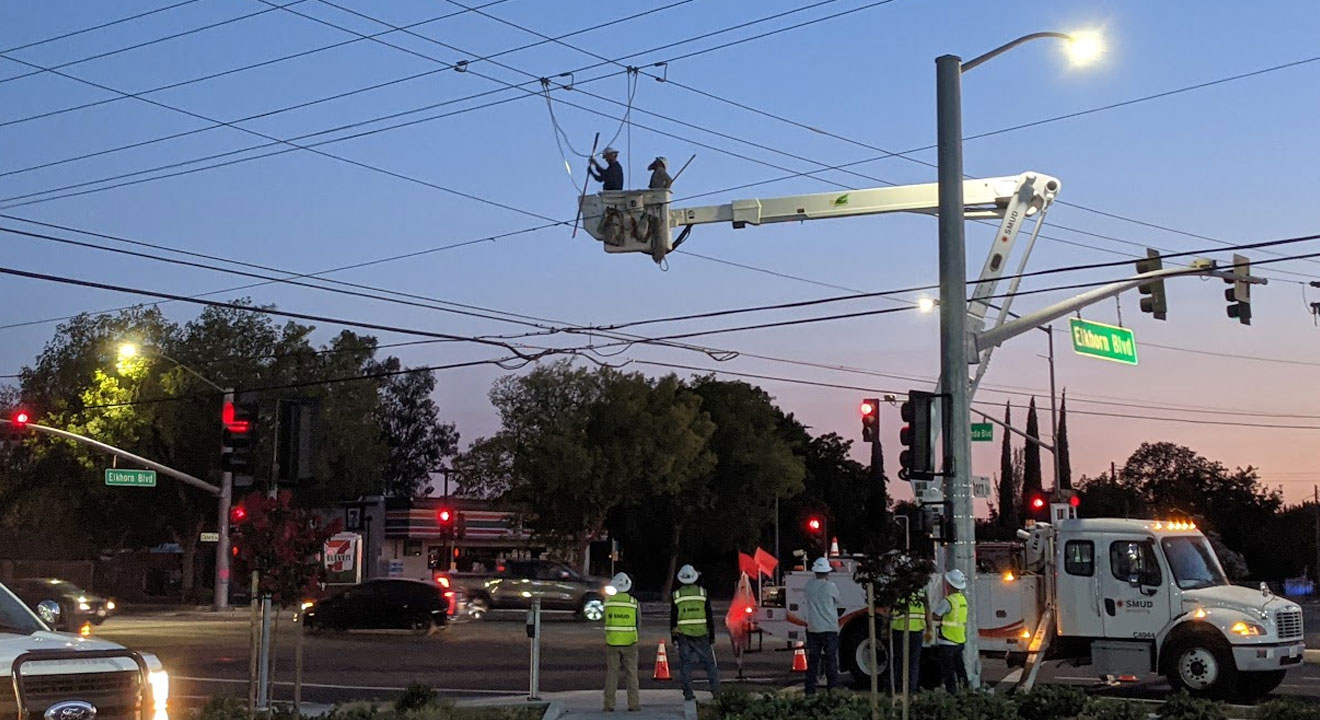By: Supervisor Sue Frost

Over the years, the main concerns of my constituents have remained fairly consistent, occasionally with one receiving more attention than others. At the current forefront is the issue of homelessness. It seems nearly impossible to go anywhere in the County these days without encountering at least one homeless person or going past an encampment. That is not surprising given a 19 percent rise in Sacramento County’s homeless population from 2017 to 2019. We don’t even know what that number has grown to since 2019 as the 2021 Point in Time count was canceled due to COVID-19. The concerns around these encampments are numerous and legitimate. The number one question my office gets is: “why aren’t you doing anything about them?” The truth is we are doing what we can, working our way upstream against a powerful legal current, and I am happy to share more on the realities of Sacramento County’s response to homelessness.
Many people who have reached out seeking to have a homeless camp moved are undoubtedly familiar with the decision out of the 9th Circuit Court of Appeals in Martin v. Boise. Put simply, that decision made it unlawful to punish people for the act of being homeless when they do not have access to shelter. Because of this, we are unable to cite for illegal camping on public property. The challenges of the Boise decision were compounded during most of the pandemic as the public health order further restricted when and how homeless camps could be moved, even if that meant an illegally parked RV on a public street.
This is frustrating, because to me it is evident that the best way to work to improve the homeless situation is to focus on drug treatment and mental health treatment. But legally, the only way we can get back to cleaning up homeless camps is to add more housing.
While the COVID-19 restrictions on moving homeless camps were lifted on June 15th with the other restrictions, I am pleased to say that some of the resulting solutions are in place.
The Board of Supervisors approved the creation of the Homeless Response Team (HRT) in 2020 to combat the spread of COVID-19 among the homeless population. The HRT was a collaborative effort of county departments, Sacramento City, and non-profit organizations to get the homeless access to shelter, sanitation materials, and COVID-19 preventative measures. Still, even with the HRT actively deployed and public health order restrictions lifted, we still have a homeless population that seems to be growing faster than ever before. And still, my office hears the concerns about homeless camps contributing to fires, public disturbances, and negative environmental impacts and what more can be done to restore our communities to safe and clean environments. While my priority, and I think what will have the most impact, is increasing access to mental health services and drug treatment, the most simple and legal solution still remains as an increase in shelters and housing.
Some have pointed to Los Angeles as a beacon of hope as they have passed a new ordinance restricting where homeless people can and cannot camp overnight. When people ask how they can do it and Sacramento County cannot, there are many reasons why. 1.2 billion reasons, in fact. LA voters approved a $1.2 billion bond initiative to fund a massive homeless housing project that is large enough to enable the enforcement of anti-camping ordinances. That is something I do not think Sacramento County residents are ready to take on, but we can and are working to expand our shelter space. As part of this year’s budget cycle, we approved $5.9 million to fund a new homeless camp initiative (HCI). This initiative will fund two encampment sites serving 100 individuals each, three encampment teams to connect individuals with services, three scattered site shelters and increase nightly bed capacity by 15. Possibly most important, the initiative includes navigators to connect people with housing services and temporary financial assistance to get people into permanent housing.
Permanent housing is, of course, the ultimate goal but we cannot simply create permanent housing. Getting homeless individuals into shelters and camps where professionals can make contact and try to connect them with services is how the process of getting them into permanent housing begins. The efforts of the HRT, the HCI, and the implementation of assisted outpatient treatments (aka Laura’s Law), combined with the efforts of Sacramento City to expand shelters has us well on our way to making a noticeable impact on homelessness in Sacramento County. I anticipate that we will continue on this trend of expanding shelters and services and working with community organizations to make all types of housing more accessible to the point that we are no longer concerned about overnight camping.
Ultimately, this all depends on the willingness of the unhoused to come to the shelters and campsites being created and to accept whatever services they may be offered. And while I wish we could immediately address the underlying causes of homelessness directly, like mental illness and drug addiction, increasing the number of beds available is what is going to get us back sooner to cleaning up our neighborhoods.
Thank you for reading – and as always, if you want to contact me, call me at 916-874-5491, or e-mail me at SupervisorFrost@saccounty.net.
Sue Frost represents the 4th District, which includes all or part of the communities of Citrus Heights, Folsom, Orangevale, Antelope, Rio Linda, Elverta, Gold River, Rancho Murieta, North Highlands, Carmichael, Foothill Farms and Fair Oaks














